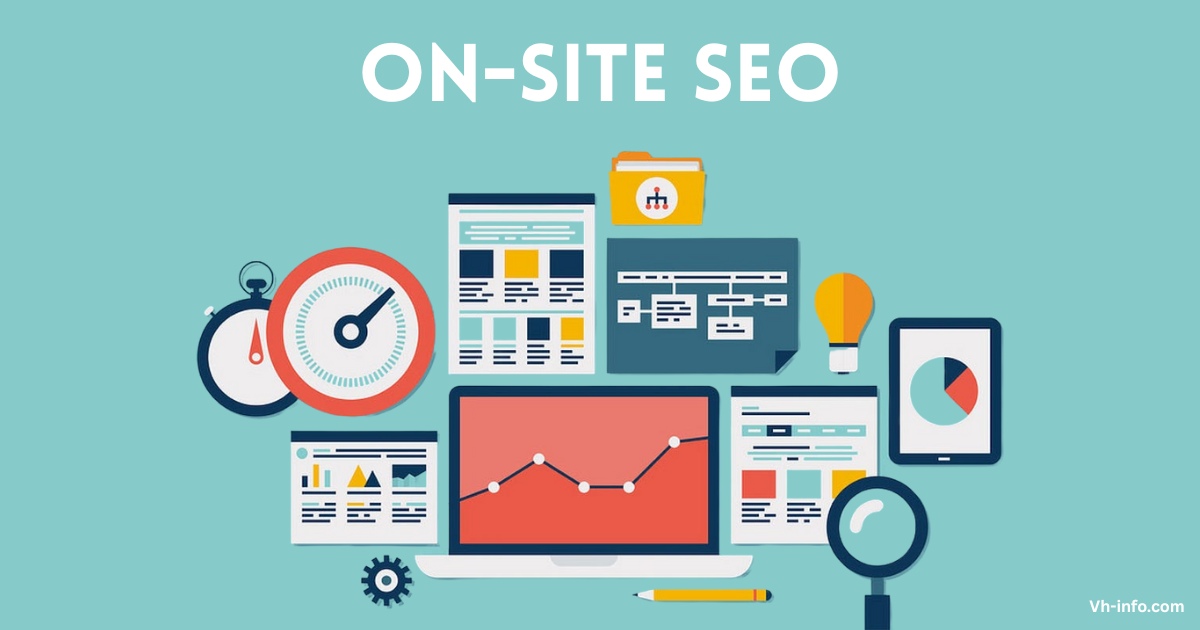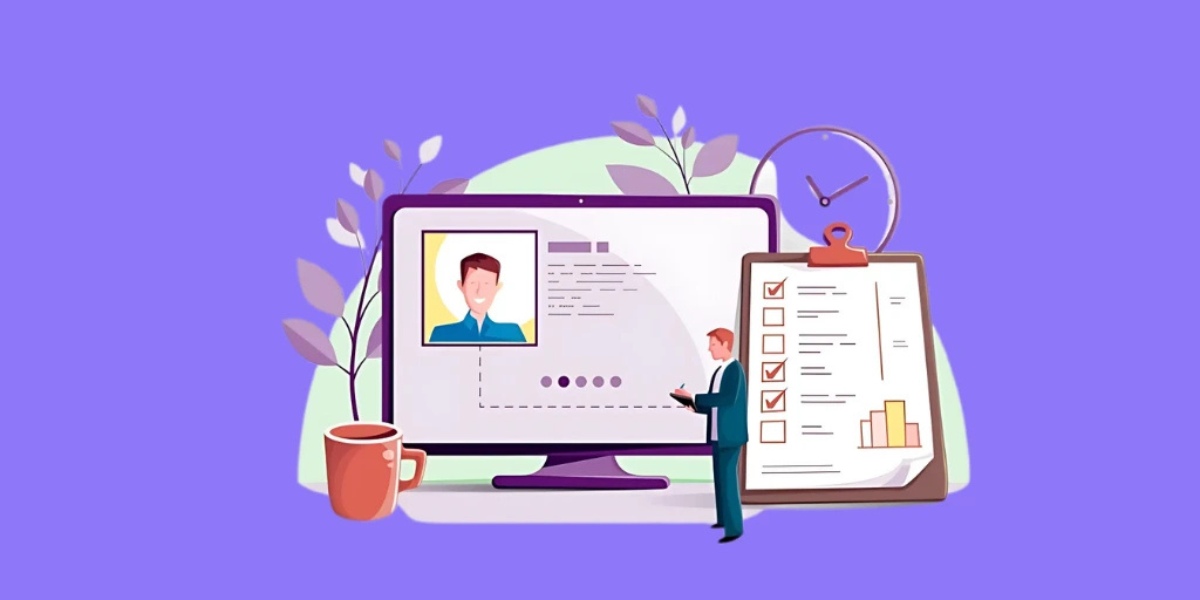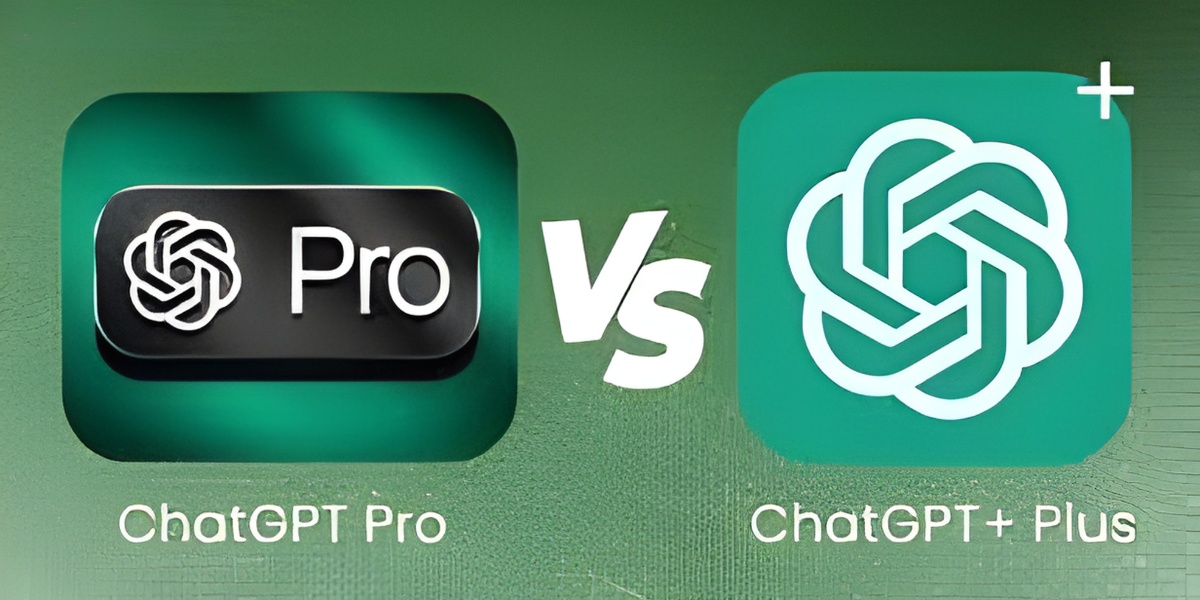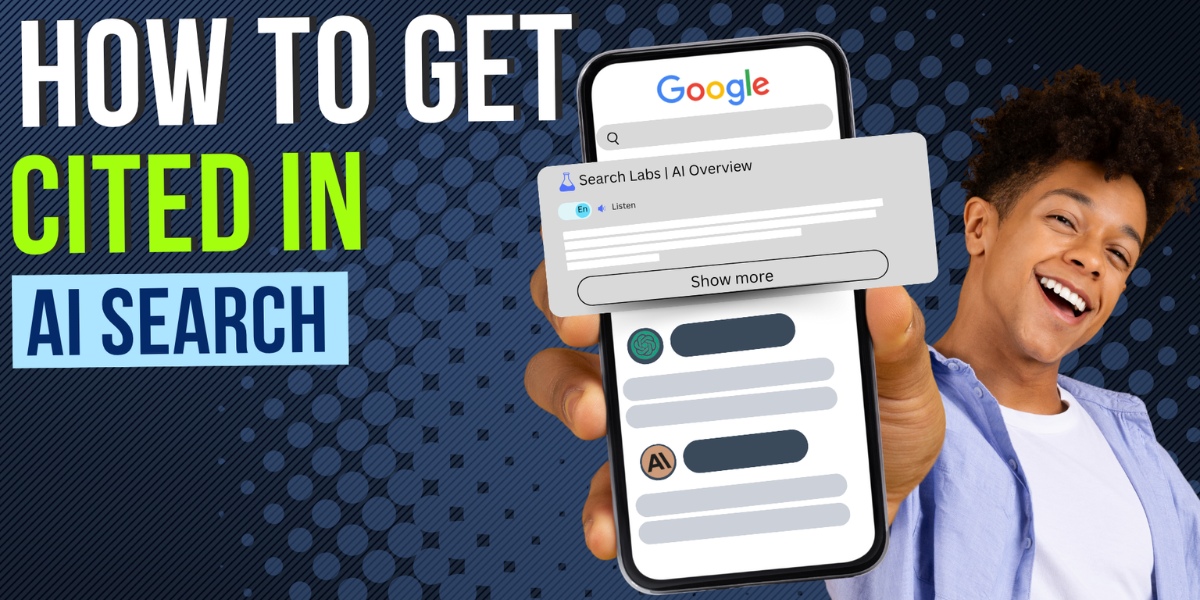Search engine optimization (SEO) is your secret weapon for standing out online, especially if you’re running a SaaS business.
Think of on-site SEO as tuning up your website’s engine—it’s all about tweaking elements like title tags, meta descriptions, and content quality to help Google understand (and love) your pages.
While link-building grabs headlines, ignoring on-site SEO is like baking a cake without flour: it just won’t rise.
At VH-info, we’ve boosted SaaS brands by focusing on basics—mobile-friendly designs, faster page speeds, and keyword-rich headers that align with what real users search for.
This guide cuts through the jargon to show you how small tweaks to your site’s structure, internal links, and even image alt text can lead to big jumps in organic traffic and better rankings. Let’s make your website work smarter, not harder.
What is On Site SEO?
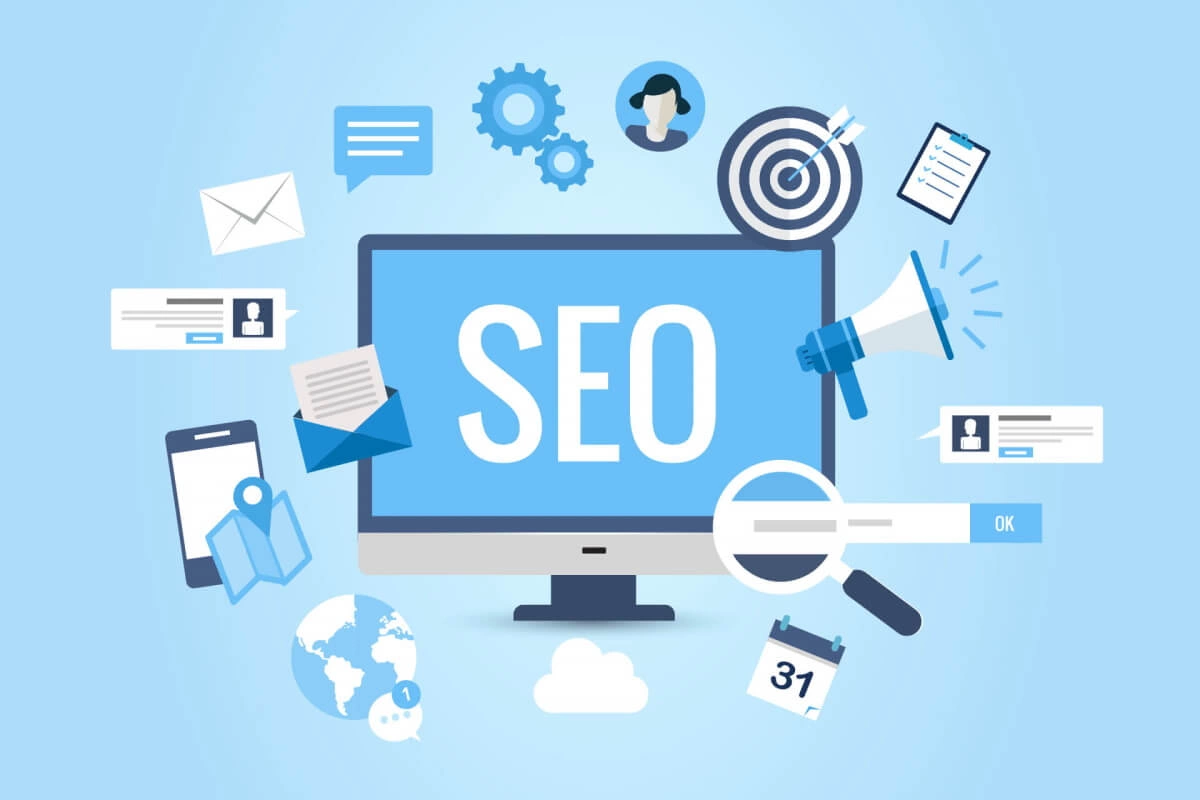
On-site SEO (also called on-page SEO) is the practice of optimizing elements on your website and within your HTML source code to improve search engine rankings. Unlike off-page SEO, which focuses on signals from other websites (like backlinks), on-site SEO deals with factors you can directly control on your own web pages.
On-site optimization encompasses everything from content quality and keyword placement to technical elements like site structure, URL optimization, and page speed.
The goal is to make it easier for search engines to:
- Understand what your web page is about
- Determine its relevance to specific search queries
- Assess whether it provides value to users
Effective on-page optimization targets both the content users see and the backend elements search engines analyze when crawling your site. This dual focus helps create a seamless experience for both human visitors and search engine algorithms.
Importance of On Site SEO
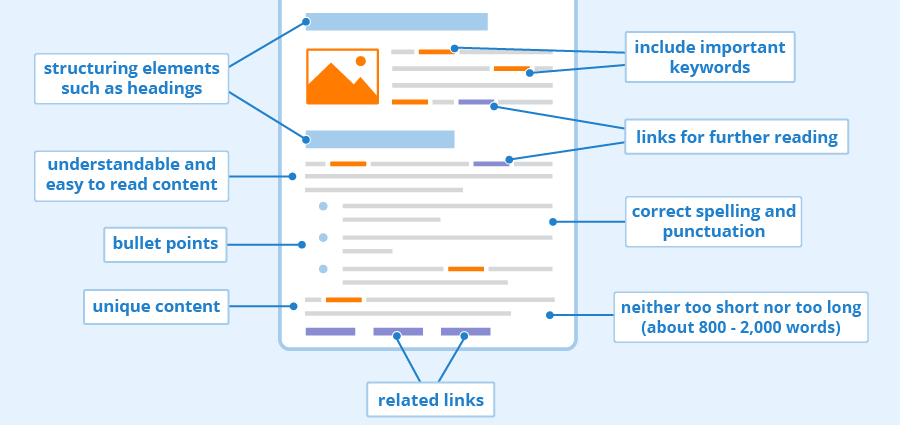
On-site SEO is vital for any website aiming to improve its online visibility and drive qualified traffic.
Search engines like Google use complex algorithms to determine which pages best answer a user’s search query, and proper on-page optimization helps these algorithms understand your content’s value and relevance.
Key reasons why on-site SEO matters:
- Improved Search Rankings: Well-optimized pages have a better chance of ranking higher in search engine results, increasing your visibility to potential customers.
- Enhanced User Experience: Many on-page SEO factors, like page speed and mobile-friendliness, directly impact how users interact with your site.
- Higher Click-Through Rates: Optimized title tags and meta descriptions can significantly improve your click-through rates from search results pages.
- Better Content Relevance: On-page SEO helps align your content with search intent, ensuring you attract visitors genuinely interested in your offerings.
- Increased Organic Traffic: The cumulative effect of these improvements leads to more organic traffic, reducing your dependence on paid advertising.
For SaaS companies specifically, on-site SEO creates a foundation that supports all other marketing efforts, from content marketing to paid campaigns. When your pages are properly optimized, every marketing dollar stretches further.
Key Elements of On Site SEO
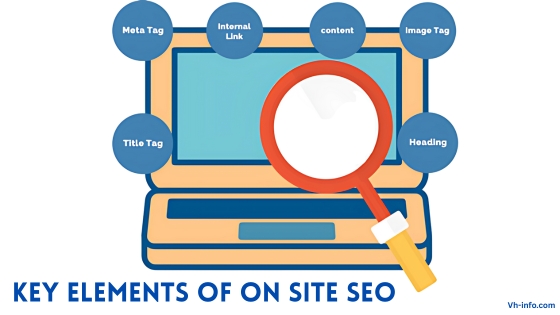
A good on-site SEO strategy needs several key parts.
Title Tags and Meta Descriptions
Title tags and meta descriptions are critical on-page SEO elements that appear in search engine results and significantly impact click-through rates.
Your title tag should:
- Include your target keyword near the beginning
- Stay under 60 characters to avoid truncation in search results
- Be unique for each page on your site
- Clearly describe the page’s content
The meta description, while not a direct ranking factor, serves as your page’s advertisement in search results. An effective meta description:
- Summarizes the page content in 150-160 characters
- Includes relevant keywords (which appear bolded in search results)
- Contains a clear call-to-action
- Gives users a reason to click
Both elements should be crafted with search intent in mind, addressing what users are looking for when they type a particular query.
Header Tags (H1, H2, H3)
Header tags provide structure to your content while signaling importance to search engines. They create a hierarchy that helps both users and search engines understand your content’s organization.
Best practices for header tags include:
- Using only one H1 tag per page (typically matching or closely related to your title tag)
- Including target keywords in H2 and H3 tags where natural
- Creating a logical hierarchy (H1 → H2 → H3)
- Using headers to break up text and improve readability
Header tags are particularly important for accessibility, as they help screen readers navigate content properly. Search engines also use them to determine the main topics and subtopics of your page.
URL Structure Optimization
Clean, descriptive URLs contribute to a better user experience and provide search engines with additional context about your page content.
An effective URL structure includes:
- Short, descriptive URLs (under 60 characters when possible)
- Keywords relevant to the page content
- Hyphens to separate words (not underscores or spaces)
- Avoiding parameters, session IDs, or unnecessary numbers
A well-structured URL hierarchy also helps search engines understand the relationship between different pages on your site, improving overall site architecture.
Internal Linking Strategy
Internal links connect your content and help distribute page authority throughout your site. They also help users navigate between related pages, increasing engagement and time on site.
An effective internal linking strategy:
- Uses descriptive, keyword-rich anchor text
- Links from high-authority pages to important content
- Creates a logical site structure
- Helps users find related content
- Avoids excessive links that could appear spammy
Internal linking is particularly valuable for distributing the value of any external backlinks you receive, helping boost rankings across your entire site.
Image Optimization and Alt Text
Images enhance user engagement but can slow down your site if not properly optimized. Image optimization includes:
- Compressing files to reduce size without sacrificing quality
- Using descriptive, keyword-rich file names
- Adding alt text that describes the image for accessibility and SEO
- Implementing lazy loading for images below the fold
Alt text is especially important as it helps screen readers describe images to visually impaired users while giving search engines additional context about your content.
Effective alt text is descriptive, concise (under 125 characters), and naturally includes keywords when relevant.
Mobile-Friendliness and Page Speed
With Google’s mobile-first indexing, having a mobile-friendly website isn’t optional—it’s essential. Mobile optimization involves:
- Responsive design that adapts to different screen sizes
- Touch-friendly navigation elements
- Readable text without zooming
- Properly sized content that doesn’t require horizontal scrolling
Page speed is equally critical, affecting both rankings and user experience. Key page speed factors include:
- Core Web Vitals metrics (Largest Contentful Paint, Cumulative Layout Shift, First Input Delay)
- Server response time
- Browser caching implementation
- Image and script optimization
Google’s PageSpeed Insights tool can help identify specific areas for improvement on your site.
Common Mistakes in On Site SEO
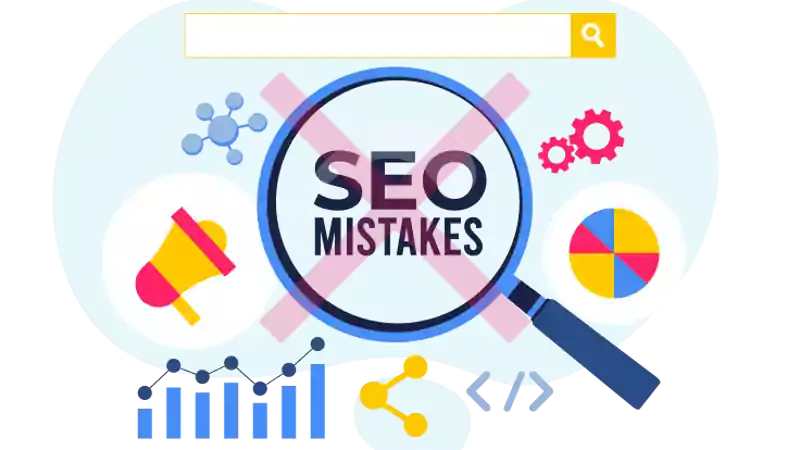
Not paying attention to the basics can make on-site SEO much less effective.
Common mistakes are easy to make.
Overstuffing Keywords
Keyword stuffing—the practice of excessively using keywords in content—can trigger search engine penalties. Instead of focusing on keyword density, prioritize creating natural, high-quality content that addresses user needs.
Signs of keyword stuffing include:
- Unnaturally repeating phrases
- Lists of keywords without context
- Hidden text containing keywords
- Content that reads awkwardly due to forced keyword insertion
Modern SEO focuses on topics rather than individual keywords, with search engines sophisticated enough to understand semantic relationships between terms.
Ignoring Mobile Optimization
Failing to optimize for mobile users significantly impacts both rankings and user experience.
Common mobile optimization mistakes include:
- Non-responsive design
- Touch elements are placed too close together
- Font sizes are too small to read without zooming
- Content wider than the screen requires horizontal scrolling
- Intrusive interstitials that block content
With mobile traffic accounting for over half of all web traffic, these issues can severely limit your site’s effectiveness.
Neglecting Technical SEO Aspects
Many website owners focus solely on content while overlooking technical SEO elements that affect crawling and indexing.
Common technical SEO mistakes include:
- Improper use of canonical tags
- Missing or duplicate title tags and meta descriptions
- Poor site architecture
- Slow loading times
- Broken links
- Uncrawlable JavaScript content
A comprehensive site audit can help identify these issues before they impact your rankings.
Best Practices For On Site SEO
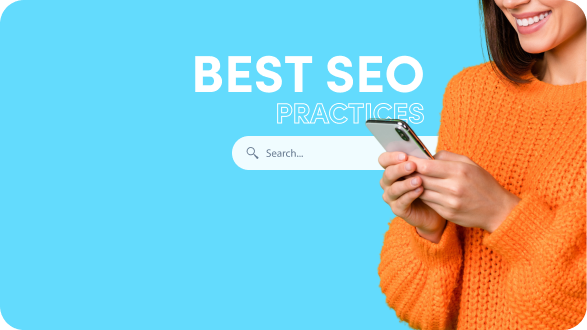
Putting out good-quality content is a key part of strong on-site SEO. To do this, follow these steps below:
Conducting Keyword Research
Effective keyword research forms the foundation of successful on-site SEO. This process involves:
- Identifying terms and phrases your target audience uses
- Analyzing search volume and competition
- Understanding the search intent behind keywords
- Grouping related keywords into topics
- Prioritizing keywords based on business goals
Tools like SEMrush, Ahrefs, or even Google’s Keyword Planner can help identify valuable keyword opportunities. At VH-info, we focus on finding relevant keywords that align with the specific needs of SaaS companies.
Maintaining Content Relevance and Quality
High-quality, relevant content remains the cornerstone of effective on-page SEO. Quality content:
- Addresses the search intent behind target keywords
- Provides comprehensive information on the topic
- Includes supporting media (images, videos, charts) where appropriate
- It is well-structured with clear headings and short paragraphs
- Gets updated regularly to maintain freshness
Content should be created primarily for users, not search engines, focusing on providing value and answering questions comprehensively.
Ensuring Proper Indexing By Search Engines
For your on-page optimizations to matter, search engines need to properly crawl and index your content. Best practices include:
- Creating and submitting an XML sitemap
- Using robots.txt properly to guide crawlers
- Implementing canonical tags to avoid duplicate content issues
- Ensuring important pages aren’t blocked from crawling
- Using Google Search Console to monitor indexation status
Regular monitoring helps identify and fix indexing issues before they impact your rankings.
Content Freshness – Why Does It Matter?

Content freshness refers to how recently content was published or updated, and it can significantly impact rankings for certain queries. Google’s Freshness Algorithm, introduced in 2011, specifically targets time-sensitive searches.
Content freshness matters most for:
- News and current events
- Regularly recurring events
- Topics that change frequently (like product reviews or industry trends)
Keeping content fresh doesn’t always mean creating new pages. Updating existing content with new information, examples, and statistics can signal to search engines that your content remains relevant and accurate.
At VH-info, we regularly audit and update our SaaS link building content to ensure it reflects current best practices and industry trends.
Tools For On Site SEO
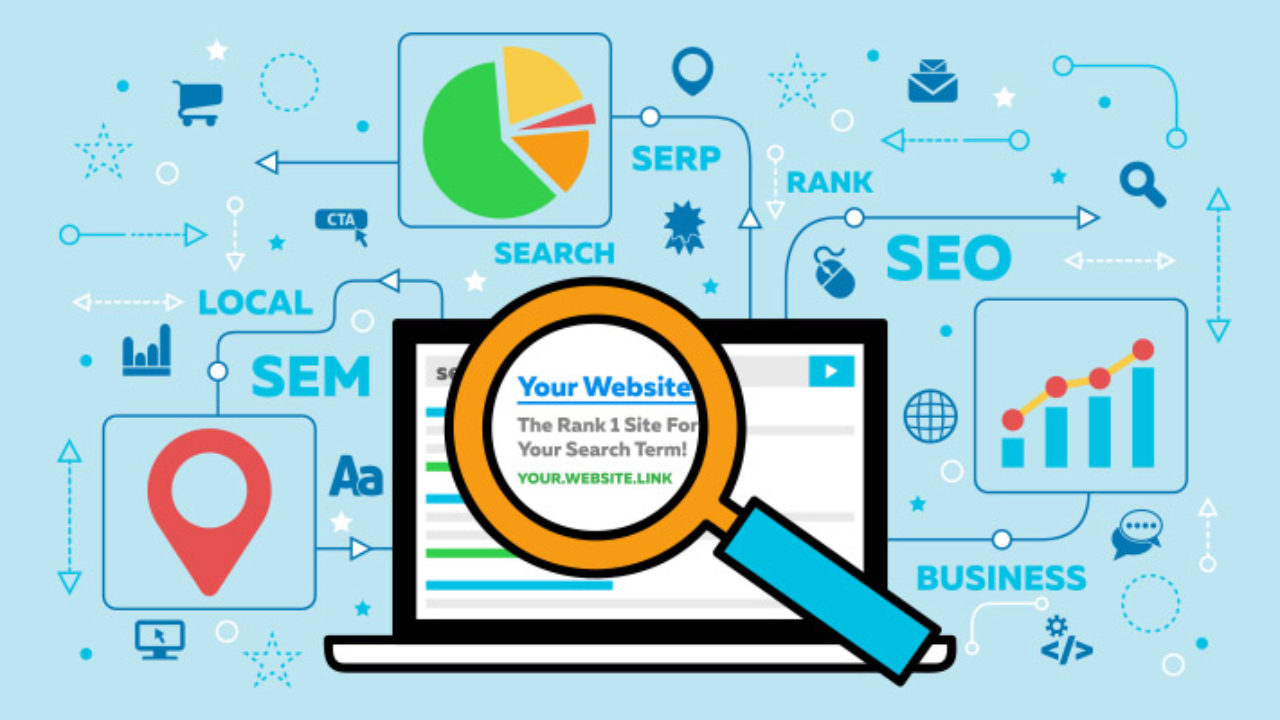
Tools for On-Site SEO are as follows:
Google Search Console
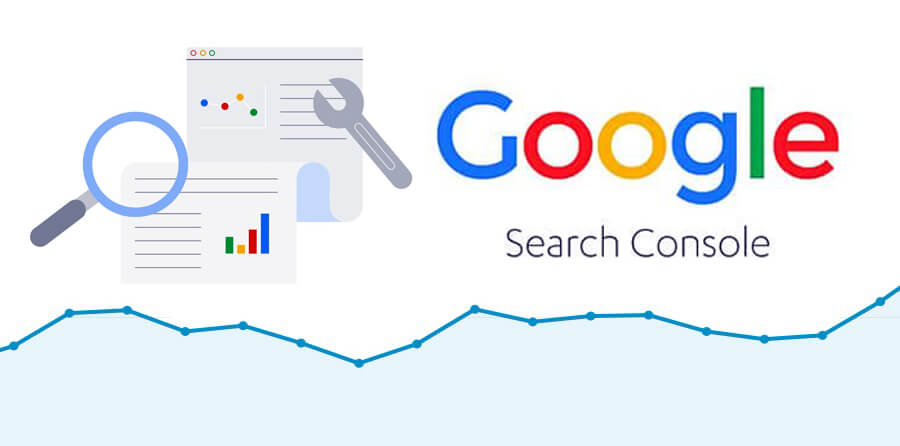
Google Search Console provides valuable insights into how Google views your site and identifies potential issues affecting your performance in search results. Key features include:
- Performance reports showing clicks, impressions, and average positions
- Index coverage reports highlighting crawling issues
- Mobile usability reports
- Core Web Vitals assessment
- Rich results testing
Regular monitoring of Search Console data helps identify and address issues before they significantly impact rankings.
Yoast SEO Plugin
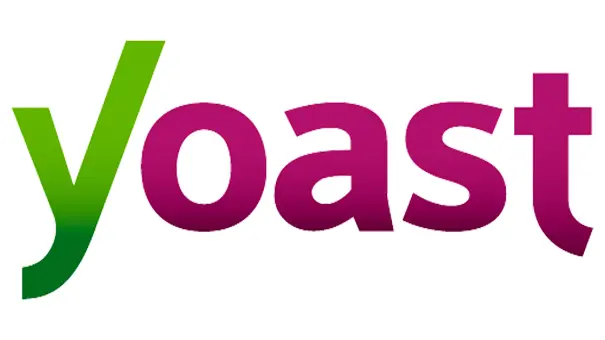
For WordPress users, the Yoast SEO plugin simplifies many on-page optimization tasks. This popular tool offers:
- Content analysis based on your target keyword
- Readability assessment
- Meta title and description editing
- XML sitemap generation
- Schema markup implementation
- Social media preview optimization
While plugins like Yoast provide valuable guidance, they should complement rather than replace a comprehensive SEO strategy.
Screaming Frog SEO Spider
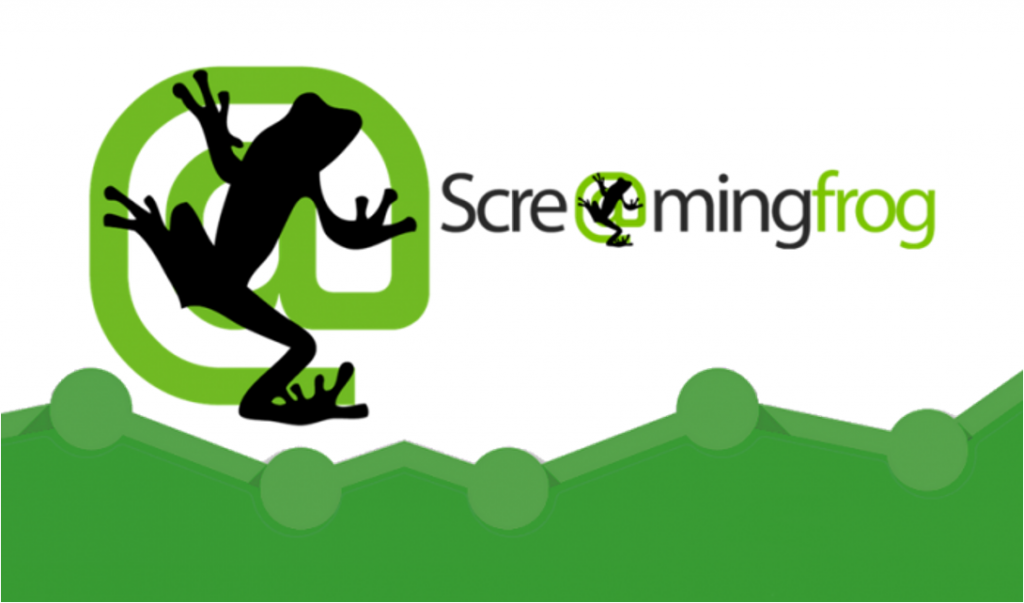
Screaming Frog SEO Spider is a powerful crawling tool that helps identify technical SEO issues across your site. It can:
- Find broken links and redirect chains
- Identify duplicate content
- Analyze title tags and meta descriptions
- Check for missing alt text
- Create visualizations of your site structure
- Audit internal linking patterns
This tool is particularly valuable for larger sites where manual checks would be impractical.
Measuring the Success of On Site SEO

Looking at how well your on-site SEO works means checking a few important things.
Analyzing Organic Traffic Growth
Increased organic traffic is one of the clearest indicators of successful on-page SEO.
When analyzing traffic growth, consider:
- Overall organic sessions
- Traffic to specific optimized pages
- New vs. returning visitors
- Traffic segmented by device type
- Geographic distribution of traffic
Look beyond raw numbers to understand whether the traffic increase correlates with your target keywords and business goals.
Tracking Keyword Rankings
Monitoring your positions for target keywords helps assess the effectiveness of your on-page optimizations.
When tracking rankings, pay attention to:
- Position changes over time
- Ranking distribution (how many keywords in top 3, top 10, etc.)
- Keyword visibility in different geographic locations
- Featured snippet and rich result appearances
- Competitor ranking movements for the same terms
Rankings should be monitored as trends rather than absolute positions, as they can fluctuate day to day.
Monitoring Bounce Rates and Dwell Time
User engagement metrics provide insights into whether your content meets the needs of visitors coming from search engines.
Key metrics to track include:
- Bounce rate (percentage of single-page sessions)
- Average session duration
- Pages per session
- Scroll depth
- Conversion rates from organic traffic
High engagement signals to search engines that your content satisfies user intent, potentially leading to ranking improvements over time.
Future Trends In On-Site SEO

The Growing Importance of User Experience (UX)
User experience signals are increasingly influencing search rankings, with Google’s Core Web Vitals now directly included into ranking algorithms. Future-focused on-page SEO will prioritize:
- Page loading performance
- Interactive elements that respond quickly
- Visual stability during page load
- Accessible design for all users
- Intuitive navigation patterns
As search engines become more sophisticated at measuring real user experiences, technical optimization that improves UX will become even more critical.
Predictive Search and SEO: Preparing For The Next Wave
Search engines are increasingly anticipating user needs before they even complete their queries.
This shift toward predictive search affects on-page SEO by:
- Placing greater emphasis on entities and topics rather than keywords
- Requiring content that answers related questions
- Prioritizing comprehensive coverage of topics
- Rewarding structured data that helps algorithms understand content relationships
Content strategies should focus on answering the full spectrum of questions users might have about a topic.
How AI and Machine Learning Are Shaping SEO Strategies?
AI and machine learning are fundamentally changing how search engines understand content.
These technologies impact on-page SEO through:
- More sophisticated natural language processing
- Better understanding of content quality and depth
- Improved ability to match content to search intent
- Enhanced detection of manipulative SEO tactics
- More personalized search results based on user behavior
Successful on-page SEO will increasingly focus on creating genuinely helpful content rather than trying to manipulate algorithms.
FAQ’s:
What Is the Difference Between On-Site and Off-Site SEO?
On-site SEO is about improving parts of your website that you can control.
This includes content, HTML code, and how your site is built. Off-site SEO is different. It focuses on things outside your website. This mainly involves getting links from other sites and keeping a good online reputation.
Both on-site and off-site SEO are key parts of a strong SEO plan.
How Often Should I Update My On-Site SEO?
On-site SEO is not just a one-time job. It is an ongoing process that needs care.
Key parts, like site structure and technical setup, should be checked every three months. Content should be looked at at least twice a year. This helps keep it accurate and relevant.
By using tools like Google Search Console, you can spot problems. This way, you can fix issues that need quick action.
Can On-Site SEO Improve My Site’s Load Time?
Yes, many on-site SEO methods can improve page speed. These methods include optimizing images and using browser caching. You can also minify CSS and JavaScript files. It helps to reduce server response time too. Page speed is important for ranking well and for user experience.
These changes can help with search visibility. They can also increase conversion rates.
Can I Do On-Site SEO Without Technical Expertise?
On-site SEO has some parts that need technical know-how. However, many basic updates can be done easily. Most website owners can improve content and make simple changes to meta tags. They can also work on images without any trouble.
For the harder parts of SEO, there are easy tools available, like WordPress plugins. These tools can make things simpler for you. You can also team up with SEO experts. Our team at VH-info can take care of the tricky parts for you.
Are There Any Free Tools For On-Site SEO Analysis?
Yes, there are many useful free tools for on-site SEO checks.
Google Search Console shows how Google views your site. PageSpeed Insights looks at your site speed and offers tips for better performance. Screaming Frog SEO Spider has a free option that scans up to 500 URLs. Yoast SEO provides a strong free version for WordPress sites. Google’s Mobile-Friendly Test checks if your site works well on mobile phones.
These tools can find many common on-site SEO problems without any cost.
How Do I Know If My On-Site SEO Efforts Are Working?
Successful on-site SEO leads to several clear results. These include better rankings for your target keywords. It also brings more organic traffic. You will see higher click-through rates from search results.
Engagement metrics will improve too, showing a lower bounce rate and longer time on the site. More conversions will come from the organic traffic you receive. Track these metrics over time.
Usually, this takes about 3 to 6 months. This helps you see if your changes are working well.
Conclusion
On-site SEO is the base of a strong search engine plan.
When you improve your web pages’ content, layout, and tech parts, you build a good foundation. This leads to better search visibility and a better user experience. You need to work on title tags, meta descriptions, mobile use, and page speed. These parts all help search engines understand and rate your content. The secret to good on-site SEO is mixing tech fixes with useful and relevant content that helps users.
At VH-info, we have seen how smart on-site SEO can change SaaS companies’ online views.
Implementing the strategies in this guide can improve your rankings and increase traffic, leading to more business leads. Remember that SEO is not merely a one-off task; it requires continuous efforts in fixing, testing, and adjusting.
As search rules change and user habits shift, your on-site SEO plan needs to change too. Start with the basics here, check your results, and keep working to improve based on what you find out.
For SaaS companies wanting to boost their on-site SEO even more, our team at VH-info has special SEO services for software firms. Reach out today to see how we can help make your website more visible and bring in more organic traffic.
